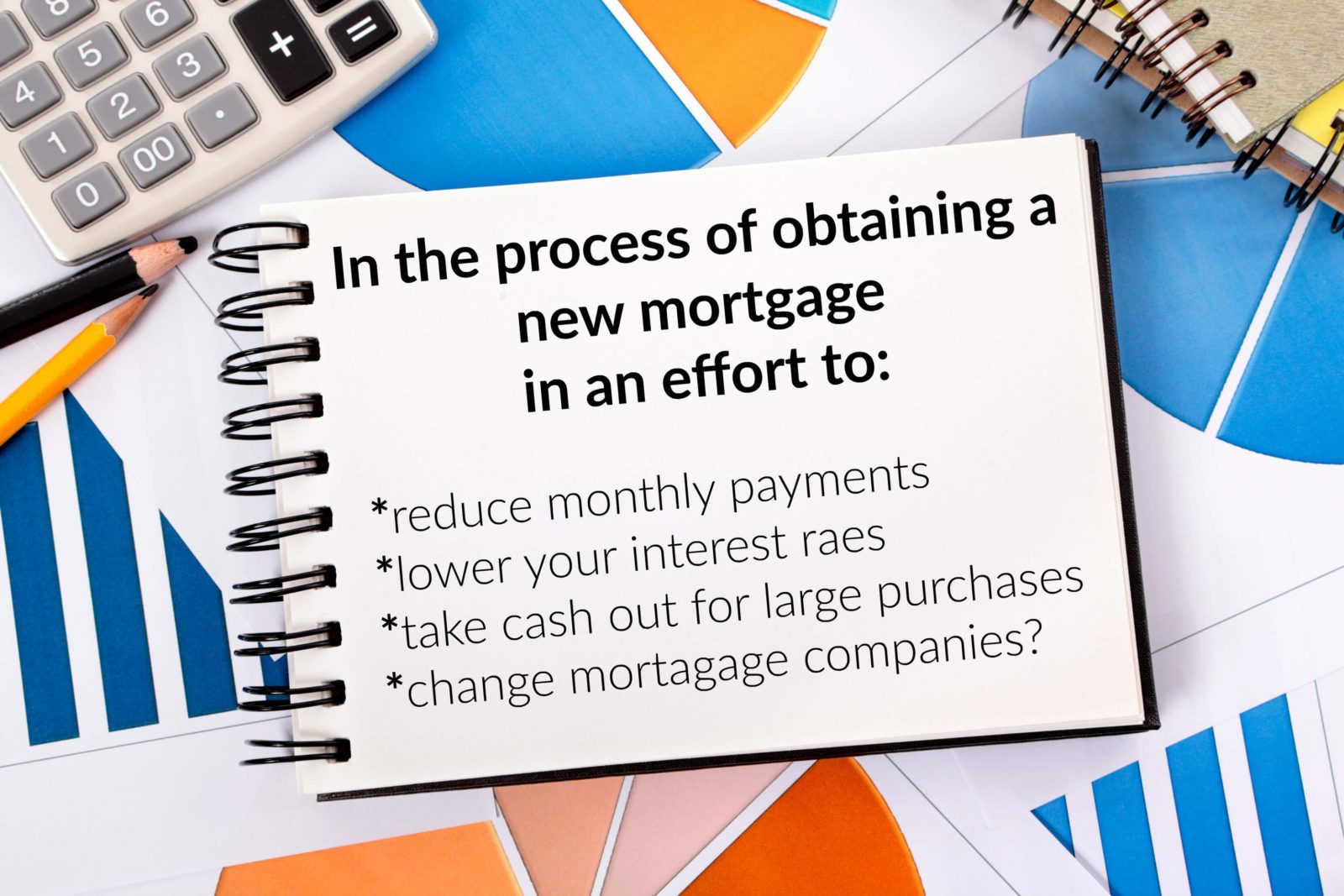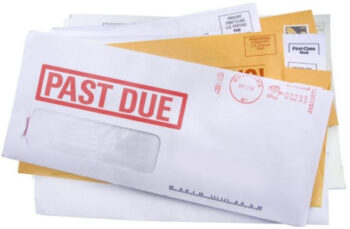
This home refinance calculator shows how much you can save locking in lower rates. Many people refinance in order to obtain money for large purchases such as cars or to reduce credit card debt. The way they do this is by refinancing for the purpose of taking equity out of the home.
What Are The Risks? One of the major risks of refinancing your home comes from possible penalties you may incur as a result of paying down your existing mortgage with your line of home equity credit. In most mortgage agreements there is a provision that allows the mortgage company to charge you a fee for doing this, and these fees can amount to thousands of dollars. Before finalizing the agreement for refinancing, make sure it covers the penalty and is still worthwhile.
What Do I Do To Refinance?The first thing you must do when considering refinancing is to consider exactly how you will repay the loan. If the home equity line of credit is to be used for home renovations in order to increase the value of the house, you may consider this increased revenue upon the sale of the house to be the way in which you will repay the loan.
- Will Refinancing Your Mortgage Save You Money? – Perhaps the most important question to ask yourself before refinancing, this article gives you the tools to come up with an informed answer.
The Cost Of Refinancing Your House In general, refinancing includes the following closing costs outlined below:
- Application fee. Lenders impose this charge to cover the cost of checking a borrowers credit report, and the initial cost to process the loan request.
- Title insurance and title search. This charge covers the cost of a policy, which is usually issued by the title insurance company, and insures the policy holder for a specific amount, covering any loss caused by discrepancies found in the property's title. It also covers the cost to review public records to verify ownership of the property.
*This is not legal advise. Please see a mortgage specialist before making any decisions.
*To view the source of this information, follow this link- Source







